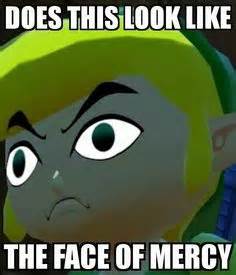19 const char* cascade_name =
20 "C:/Program Files/OpenCV/data/haarcascades/haarcascade_frontalface_alt.xml";
25 void detect_and_draw( IplImage* image );
28 int main(
int argc,
char** argv )
32 CvCapture* capture = cvCaptureFromCAM( 0 );
35 printf(
"ERROR: capture is NULL \n" );
49 cvDestroyWindow(
"result");
56 void detect_and_draw( IplImage* img )
60 static CvMemStorage* storage = 0;
63 static CvHaarClassifierCascade* cascade = 0;
68 IplImage* temp = cvCreateImage( cvSize(img->width/scale,img->height/scale), 8, 3 );
75 cascade = (CvHaarClassifierCascade*)cvLoad( cascade_name, 0, 0, 0 );
80 fprintf( stderr,
"ERROR: Could not load classifier cascade\n" );
85 storage = cvCreateMemStorage(0);
88 cvNamedWindow(
"result", 1 );
91 cvClearMemStorage( storage );
99 CvSeq* faces = cvHaarDetectObjects( img, cascade, storage,
100 1.1, 2, CV_HAAR_DO_CANNY_PRUNING,
104 for( i = 0; i < (faces ? faces->total : 0); i++ )
107 CvRect* r = (CvRect*)cvGetSeqElem( faces, i );
111 pt2.x = (r->x+r->width)*scale;
113 pt2.y = (r->y+r->height)*scale;
116 cvRectangle( img, pt1, pt2, CV_RGB(255,0,0), 3, 8, 0 );
121 cvShowImage(
"result", img );
124 cvReleaseImage( &temp );
int main(int argc, char *argv[])
Entrée du programme.

 1.8.6
1.8.6